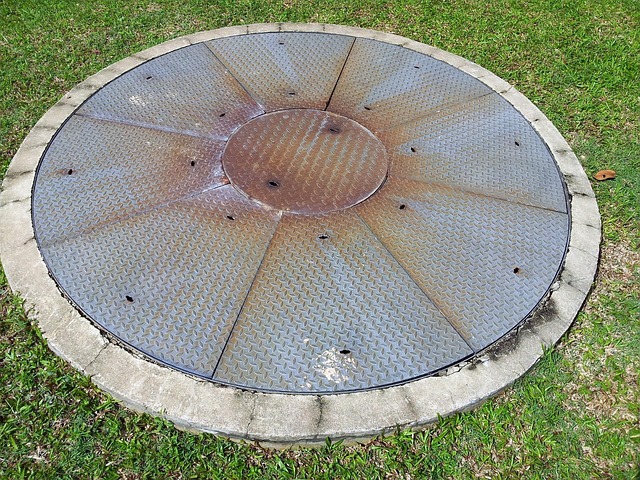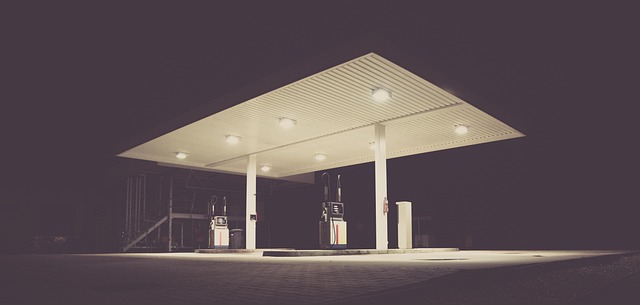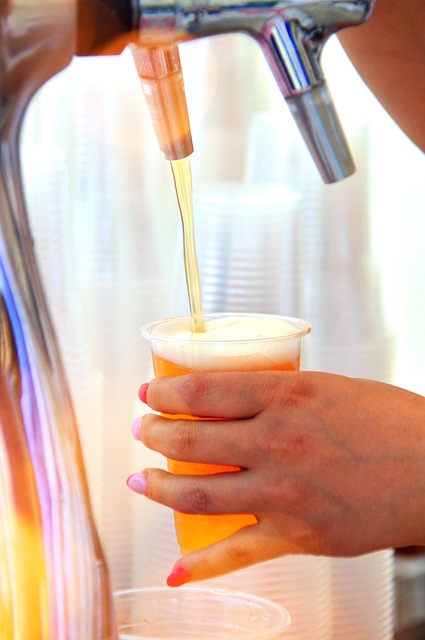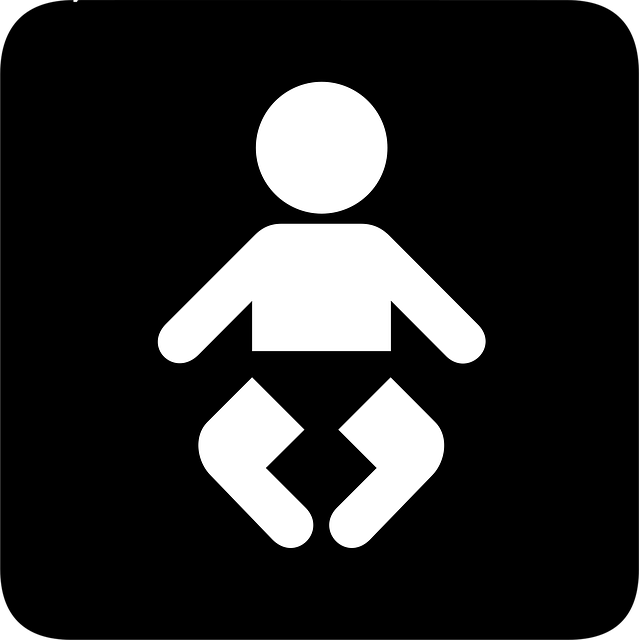Toilets block due to foreign objects and mineral deposits. Regular maintenance prevents issues. Use plungers, hot water, vinegar for DIY methods. Severe clogs require professional drain unblocking services. Prevent costly repairs with regular scheduling. Drain covers catch hair, flush hot water regularly. Contact professionals for slow drains or recurring clogs, explore commercial drain cleaning contracts.
Are you tired of dealing with stubborn toilet clogs? Immediate relief is just a few steps away! This comprehensive guide unravels common causes of blocked toilets, equipping you with essential tools and techniques for effective drain unblocking. From understanding clog triggers to mastering a step-by-step clearance process, you’ll become your own plumber. Moreover, learn when to seek professional assistance and discover preventative measures to keep clogs at bay. Get ready to transform from clogged to clear with these expert tips.
- Understanding Common Toilet Clog Causes
- Tools Needed for Effective Drain Unblocking
- Step-by-Step Guide to Clearing Blockages
- When to Call a Professional Drain Unblocking Service
- Preventing Future Toilet Clogs
Understanding Common Toilet Clog Causes

Toilets can become blocked due to a variety of reasons, and understanding these common causes is key to addressing the issue swiftly. One of the primary culprits is foreign objects such as toilet paper, wipes, or personal care items mistakenly flushed down the drain. These items can quickly accumulate and form clogs within the plumbing system. Another frequent cause is built-up debris and mineral deposits in the pipes over time, especially in older homes with outdated drainage systems.
Regular maintenance plays a vital role in preventing these blockages. Commercial drain maintenance programs offer effective solutions, including sewer line replacement options for more severe cases. By investing in such programs, homeowners and businesses can enjoy the benefits of improved drainage system upgrades, ensuring smooth operations and avoiding costly emergency drain unblocking services.
Tools Needed for Effective Drain Unblocking

When it comes to tackling a blocked toilet, having the right tools is essential for effective drain unblocking. While there are numerous DIY methods and products available, certain tools offer more reliable results. Start with a basic plunger—a traditional yet powerful tool that creates suction to dislodge clogs. For stubborn cases, an electric drain snake or auger can be invaluable. These devices send a spinning wire down the drain to break apart and remove obstructions.
Additionally, consider investing in a drain camera to visually inspect the blockage’s cause. This technology allows you to pinpoint issues without causing further damage. Once identified, you can decide whether to attempt a DIY fix or contact professional drain unblocking services. Keep in mind that while some clogged drain repair methods may be cost-effective, severe blockages might require specialized equipment and expertise, impacting the overall drain unblocking services cost. Reading reviews of local drain unblocking companies can help you make an informed decision based on their reputation and customer satisfaction.
Step-by-Step Guide to Clearing Blockages

Unblocking toilets isn’t always a task for the faint-hearted, but with the right approach, you can tackle even the trickiest clogs. Here’s a simple step-by-step guide to clearing blockages and getting your toilet flowing again:
1. Assess the Situation: Start by identifying the type of blockage. Is it a partial clog or a complete stop? This will influence your chosen method. A plunger is ideal for minor obstructions, while more severe clogs might require a drain unblocking service or specialized tools.
2. Gather Tools and Materials: For basic toilet drain cleaning techniques, you’ll need a plunger (a good-quality one designed for sinks and toilets), hot water, white vinegar, and baking soda. If the issue persists, consider a drain snake or a drain auger to break apart larger debris. Remember, these tools can be vital in maintaining your drainage system design considerations over time.
3. Use Hot Water and Vinegar: Pouring a cup of baking soda into the toilet followed by half a cup of white vinegar can help dissolve fats and grease clogs. Let it sit for 15-20 minutes, then flush with hot water. This natural, eco-friendly approach is an excellent first step in many drain maintenance tips for tenants.
4. Plunging Technique: Place the plunger over the toilet’s drain opening, ensuring a tight seal. Pump up and down vigorously to create a suction force that can break apart smaller clogs. Be persistent, as it might take several attempts. This simple yet effective method can often clear minor blockages without professional intervention.
5. Mechanical Methods: For more stubborn clogs, use the drain snake or auger to manually dislodge the blockage. Feed the tool into the drain and turn it to catch and pull out any debris. Regularly clearing toilet drains using these techniques can prevent severe clogs and potentially reduce the need for a costly drain unblocking service.
When to Call a Professional Drain Unblocking Service

If you’ve attempted standard home remedies like using a plunger or pouring hot water down the toilet and these methods have failed to clear the blockage, it might be time to consider calling in a professional drain unblocking service. Clogged toilets can be frustrating and unhygienic, especially when they persist despite your best efforts. A seasoned professional will have the right tools and expertise to diagnose and resolve complex clogs that may be caused by anything from foreign objects to tree roots intruding on your sewer lines.
Regularly scheduling professional drain unblocking services as part of your property maintenance routine is a proactive approach, especially for landlords managing multiple rental properties. Preventative measures like regular sewer line cleaning and maintenance can save you money in the long run by warding off costly emergency repairs. Additionally, staying on top of drainage maintenance tips for landlords ensures that any potential issues are identified early, preventing them from escalating into major blockages that require urgent attention.
Preventing Future Toilet Clogs

To prevent future toilet clogs and keep your plumbing system running smoothly, there are several practical steps you can take. Regularly flushing a small amount of hot water down the toilet after use helps to dissolve any fat or grease buildup that could lead to blockages. Additionally, using drain covers or catchers to capture hair and other debris before they enter the pipes can significantly reduce the risk of clogs.
Investigating and addressing drainage problems early on is key. If you notice slow draining or recurring clogs, consider reaching out to a professional drain unblocking service. They offer effective solutions tailored for both residential and commercial properties, including commercial drain cleaning contracts that ensure your business’s plumbing system remains in top condition. Moreover, staying informed about potential drainage problem solutions for businesses can help you choose the right preventive measures for your specific needs.
Unblocking toilets can often be a DIY endeavor, but knowing when to seek professional help is crucial. By understanding common clog causes and mastering basic tools and techniques, you can quickly resolve many issues. However, for stubborn or recurring clogs, it’s wise to consider calling a reputable drain unblocking service. Prevention through regular maintenance and careful flushing habits can significantly reduce future toilet blockages. Equip yourself with knowledge and the right tools, and you’ll be well-prepared to handle most toilet-related emergencies.
